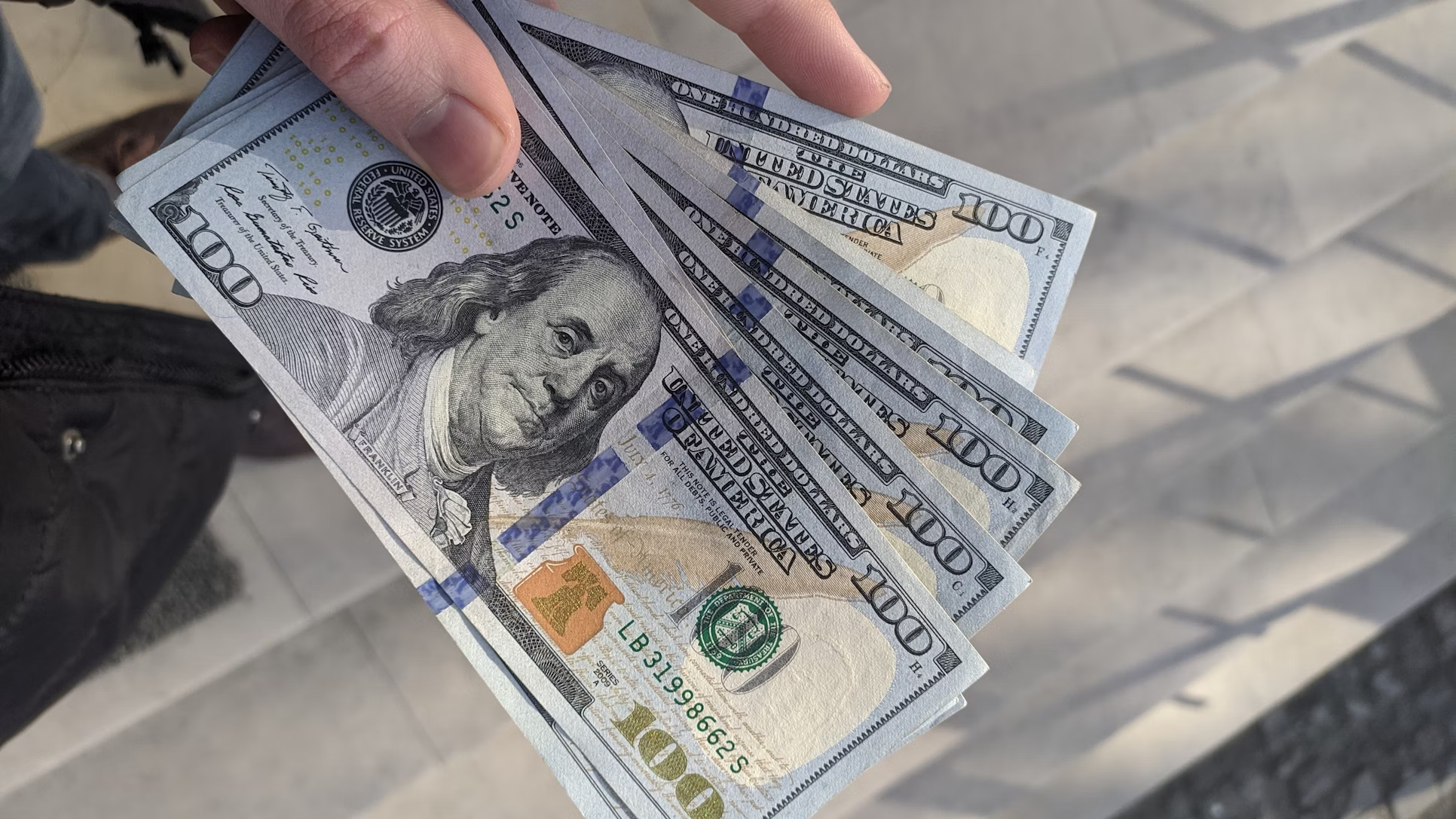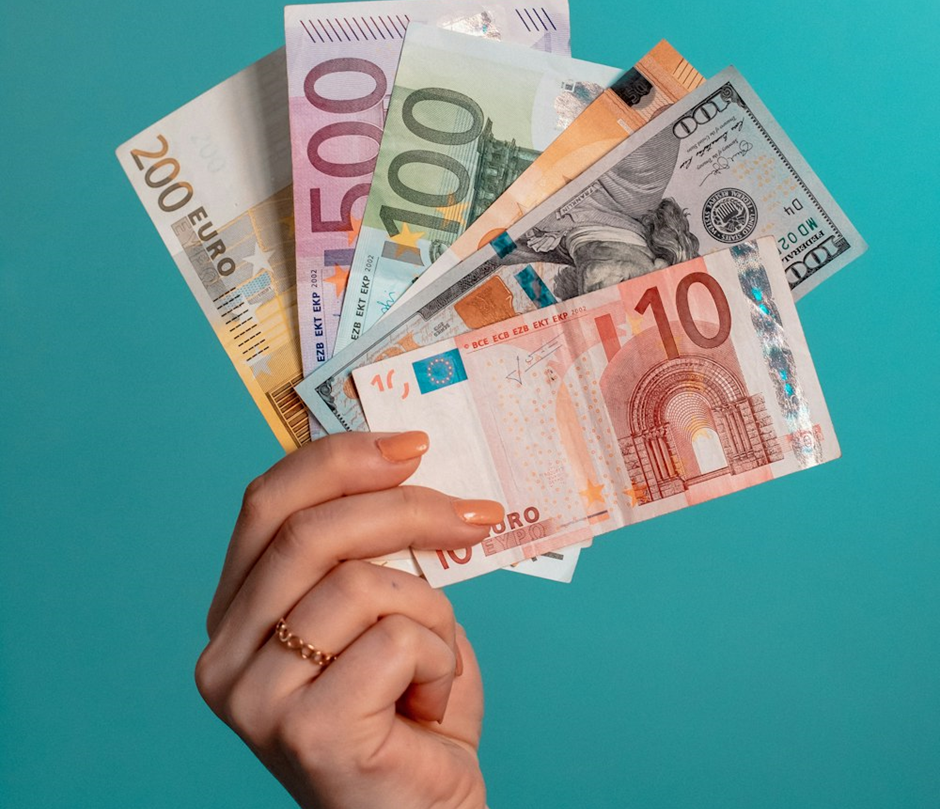The European Central Bank (ECB) is growing increasingly confident about cutting interest rates as inflation in the euro zone continues to ease. ECB policymakers Philip Lane, Gediminas Simkus, and Boris Vujcic stated that recent data on inflation and economic growth support their view that inflation will return to the ECB's 2% target by mid-2024. The ECB has virtually promised a rate cut in June, and markets are pricing in three rate cuts this year. This would lower the deposit rate from 4% to 3.25%, still considered restrictive but intended to slow declining economic activity. Meanwhile, in the UK, the pound was higher ahead of the Bank of England's (BoE) policy announcement this week, though markets largely shrugged off the ruling Conservatives' losses in local elections.
EQUITY
The U.S. stock market rallied on Monday, sparked by weaker nonfarm payroll data that may affect rate cut expectations. Earnings season continued, with Spirit Airlines falling over 9% after reporting a Q1 loss and weaker guidance due to aircraft groundings. Meanwhile, semiconductor stocks like Micron Technology, Super Micro Computer, and Silicon Motion saw gains, with analysts bullish on their prospects. Berkshire Hathaway also rose after reporting a 40% jump in Q1 operating earnings.
GOLD
Gold prices started the week strong, supported by a changing rate cut bet after a weaker job growth report, increasing the likelihood of much needed rate cuts as early as September. Lower interest rates tend to boost non-yielding assets, like gold, as a hedge. Traders are currently pricing in a 50% chance of a Fed rate cut in September, according to CME's FedWatch Tool.
OIL
Oil prices recovered some losses after the ongoing conflict between Israel and Gaza, which could escalate political tension as more countries cut relations with Israel. Traders were pricing in a risk premium due to Israel's air and ground strikes in Rafah after Hamas agreed to a ceasefire proposal that Israel deemed unsatisfactory. Saudi Arabia's decision to raise its official selling prices for crude sold to Asia, Northwest Europe, and the Mediterranean in June also supported higher oil prices.
CURRENCY
The U.S. dollar is recovering after falling for four consecutive sessions, as recent labour market data and comments from Fed officials brought back rate-cut projections. However, the greenback strengthened against the yen following last week's suspected interventions by Japanese authorities. While the interventions provided only temporary relief for the yen, analysts warn that betting on further yen weakness against the dollar could be "treacherous" if the Bank of Japan perceives U.S. yields to have peaked.














